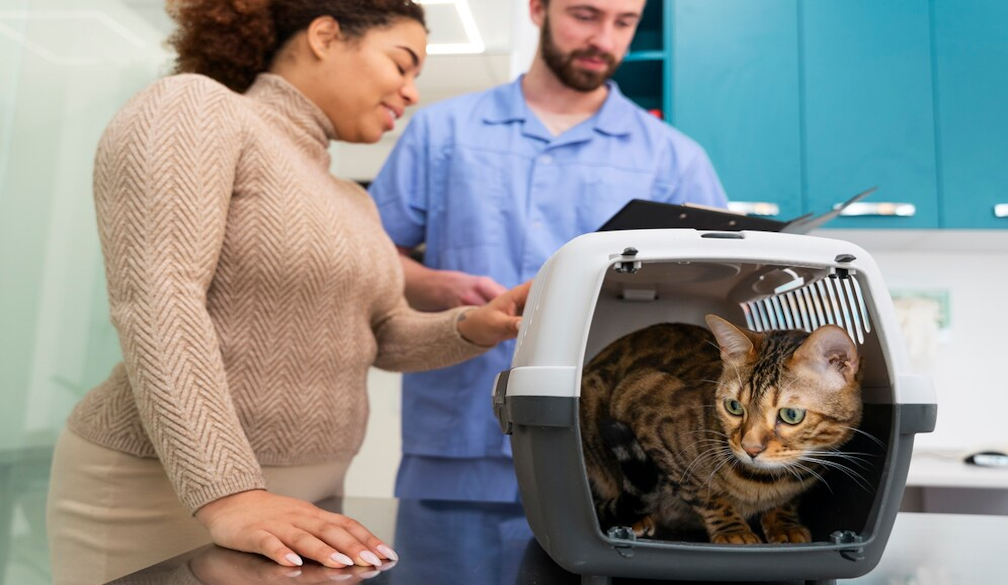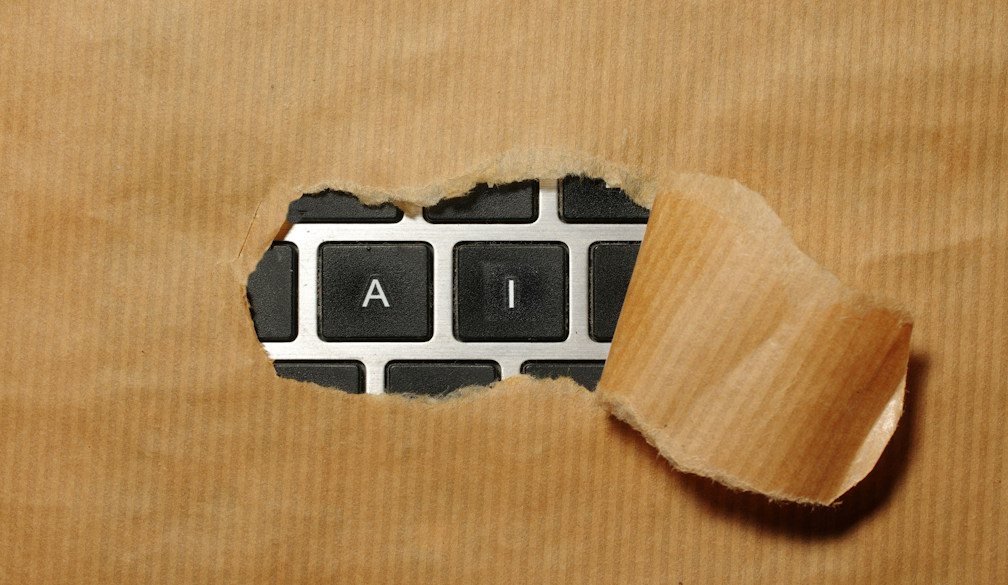Should You Consider Cat Taxidermy for Your Pet?

Preserving a beloved pet through taxidermy can evoke mixed feelings and opinions. It's a topic that touches on emotions, ethics, and personal beliefs. Specifically, when it comes to cats—the popular and cherished companions of many—deciding whether or not to opt for cat taxidermy is a complex decision. Let's delve into this subject to understand the considerations involved.
Understanding Cat Taxidermy
Cat taxidermy involves preserving the body of a deceased cat through a specialized process that retains its lifelike appearance. Depending on the client's preference, the preserved cat can be displayed in various ways, from sitting positions to more dynamic stances. Taxidermy has a long history, initially serving scientific purposes and evolving into a form of memorializing beloved pets.
The Emotional Aspect
Losing a cat can be a deeply emotional experience. Cats often become integral parts of our families, offering companionship, comfort, and joy. When faced with the death of a cherished feline friend, some pet owners turn to taxidermy as a way to honor and remember their pet. The desire to keep a physical representation of a beloved cat can stem from a profound emotional connection and the need to preserve memories.
Ethical Considerations
Ethical concerns surrounding cat taxidermy are significant. Critics argue that it may trivialize death and exploit the pet's remains for sentimental reasons. Others view it as a form of art and a legitimate way to cope with loss. Ultimately, the ethical implications can vary based on individual beliefs and cultural perspectives.
The Process of Cat Taxidermy
Cat taxidermy is a meticulous process that requires skill and expertise. The first step involves preparing the cat's body by removing the internal organs and treating the skin to prevent decay. The skin is then carefully mounted onto a mannequin or form, and the cat's features are reconstructed to recreate a lifelike appearance. The final stage involves grooming the fur and detailing the eyes and other features to achieve realism.
Reasons to Consider Cat Taxidermy
- Memorialization: For many pet owners, taxidermy offers a tangible way to honor their cat's memory. Displaying a preserved cat can serve as a lasting tribute and a focal point for reminiscing about shared moments.
- Unique Keepsake: Unlike traditional cremation or burial, taxidermy provides a more interactive and visually striking keepsake. Some individuals find comfort in having a physical representation of their pets.
- Artistic Appreciation: Many enthusiasts consider taxidermy an art form. The craftsmanship and attention to detail involved can be admired beyond its practical purpose.
- Preservation of Bond: For some, preserving their cat through taxidermy symbolizes an enduring bond and a way to keep the spirit of their pet alive.
Factors to Reflect On
Before deciding on cat taxidermy, it's essential to reflect on several factors:
- Personal Beliefs: Consider your personal beliefs about death and preservation. Reflect on whether taxidermy aligns with your values and emotional needs.
- Long-Term Commitment: Taxidermy requires a long-term commitment to care for the preserved specimen. Ensure you are prepared for this responsibility.
- Family Perspectives: Discuss your decision with family members or housemates to gauge their feelings and perspectives on the matter.
- Alternatives: Explore alternative ways to memorialize your cat, such as creating a photo album, planting a tree in their honor, or commissioning artwork.
Potential Drawbacks
Cat taxidermy is not without its drawbacks and potential considerations:
- Cost: Taxidermy can be expensive due to the specialized skills and materials required.
- Emotional Impact: Displaying a preserved pet can evoke mixed emotions and may not be suitable for everyone, including visitors or family members.
- Maintenance: Preserved specimens require regular maintenance to prevent deterioration.
- Cultural Sensitivities: Respect cultural sensitivities and societal norms that may influence your decision.
Exploring the Aftercare of Preserved Cats
Beyond the decision-making process of opting for cat taxidermy, it's essential to delve into the practicalities and emotional considerations that come with caring for a preserved pet.
Emotional Impact and Coping
Owning a preserved cat can evoke a range of emotions, from comfort and solace to occasional bouts of sadness or nostalgia. It's crucial to acknowledge that a taxidermized pet's presence can intensify some individuals' grieving process. While it can serve as a tangible reminder of cherished memories, it may also pose challenges in terms of acceptance and adaptation.
Handling Questions and Reactions
Displaying a taxidermized cat can invite curiosity or even scrutiny from visitors or family members. It's essential to prepare oneself for questions and potential reactions. Some people may find the concept unsettling or unusual, while others may appreciate the sentiment behind it. Being open about your decision and sharing the story behind your preserved cat can help navigate conversations with others.
Practical Maintenance
Caring for a taxidermized cat requires ongoing maintenance to preserve its appearance and condition. Here are some practical tips for aftercare:
- Dusting and Cleaning: Regularly dust the preserved cat using a soft brush or cloth to prevent dirt buildup. Avoid using cleaning agents or liquids that could damage the fur or skin.
- Avoid Direct Sunlight: Display the preserved cat away from direct sunlight, as UV rays can fade the fur and damage the specimen over time.
- Temperature and Humidity Control: Maintain stable room temperature and humidity levels to prevent deterioration. Extreme temperatures and humidity can adversely affect the taxidermy.
- Professional Inspection: Periodically have the preserved cat inspected by a qualified taxidermist or conservator to address any potential issues or deterioration.
- Storage Considerations: If you need to relocate or store the preserved cat temporarily, ensure it is stored in a cool, dry, and secure place to prevent damage.
Cultural and Social Considerations
It's crucial to be mindful of cultural and social norms surrounding pet preservation. Different cultures and communities may have varying perspectives on taxidermy and commemoration practices. Respecting these perspectives is important when publicly displaying a preserved pet or discussing it with others.
Alternatives to Consider
While cat taxidermy is a unique way to memorialize a pet, there are alternative methods of commemoration to explore:
- Custom Artwork: Commissioning a custom portrait or sculpture of your cat can capture their essence without the complexities of taxidermy.
- Memorial Jewelry: Transforming a small amount of your cat's ashes into memorial jewelry can provide a subtle yet meaningful keepsake.
- Planting a Memorial Garden: Creating a garden or planting a tree in honor of your cat can serve as a beautiful living tribute.
- Memory Boxes or Collages: Assembling a memory box with photographs, paw prints, and mementos can be a heartfelt way to cherish your cat's memory.
Closure and Healing
Ultimately, the decision to opt for cat taxidermy or pursue alternative forms of commemoration should contribute to your healing process. Grieving the loss of a pet is a deeply personal journey, and finding closure can be facilitated by honoring their memory in a way that resonates with your emotions and values.
Final Thoughts
Deciding whether to consider cat taxidermy for your pet is a deeply personal choice. It's essential to weigh the emotional, ethical, and practical aspects before proceeding. While taxidermy can offer a unique way to commemorate a beloved cat, it's not the only option available. Exploring various memorialization methods can help you find the most meaningful way to honor your feline companion's memory.
Ultimately, the decision should be guided by what feels right for you and your family, considering your values, beliefs, and emotional needs. Whether through taxidermy or other means, the goal is to cherish the memories and celebrate the bond you shared with your beloved cat.
Ultimately, cat taxidermy represents one of the many ways we navigate the complexities of loss and remembrance in the context of our relationships with our pets. It's a deeply personal choice that invites reflection, empathy, and understanding.







